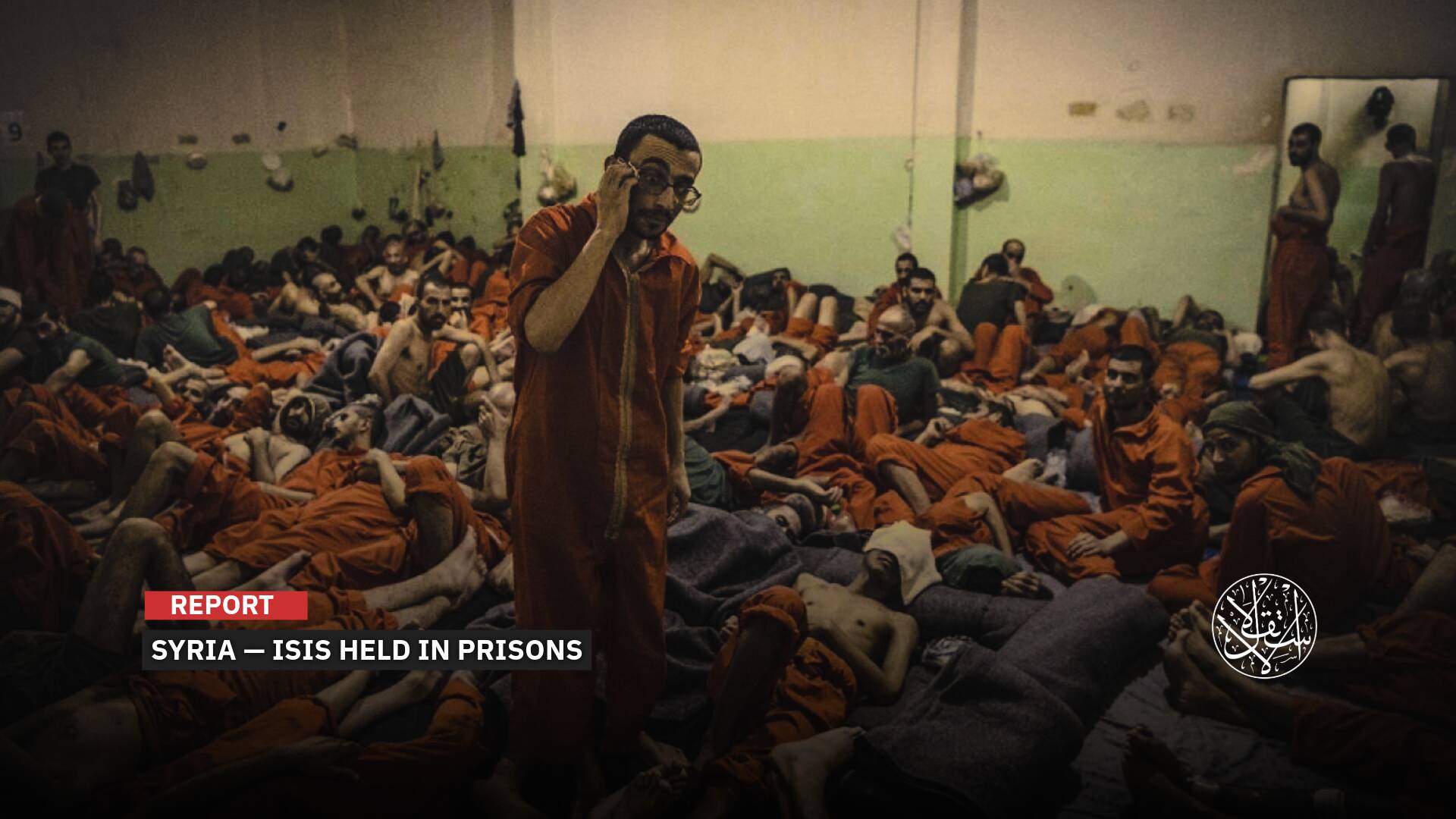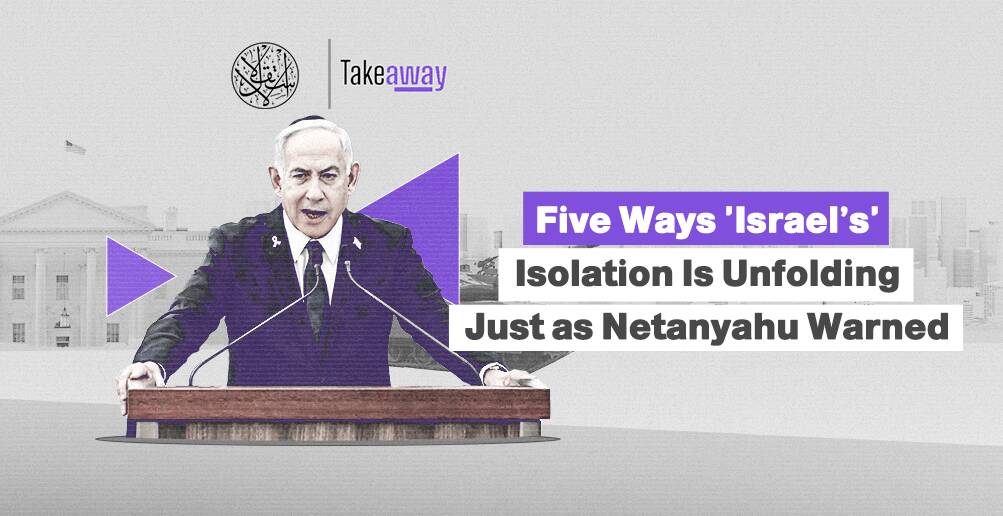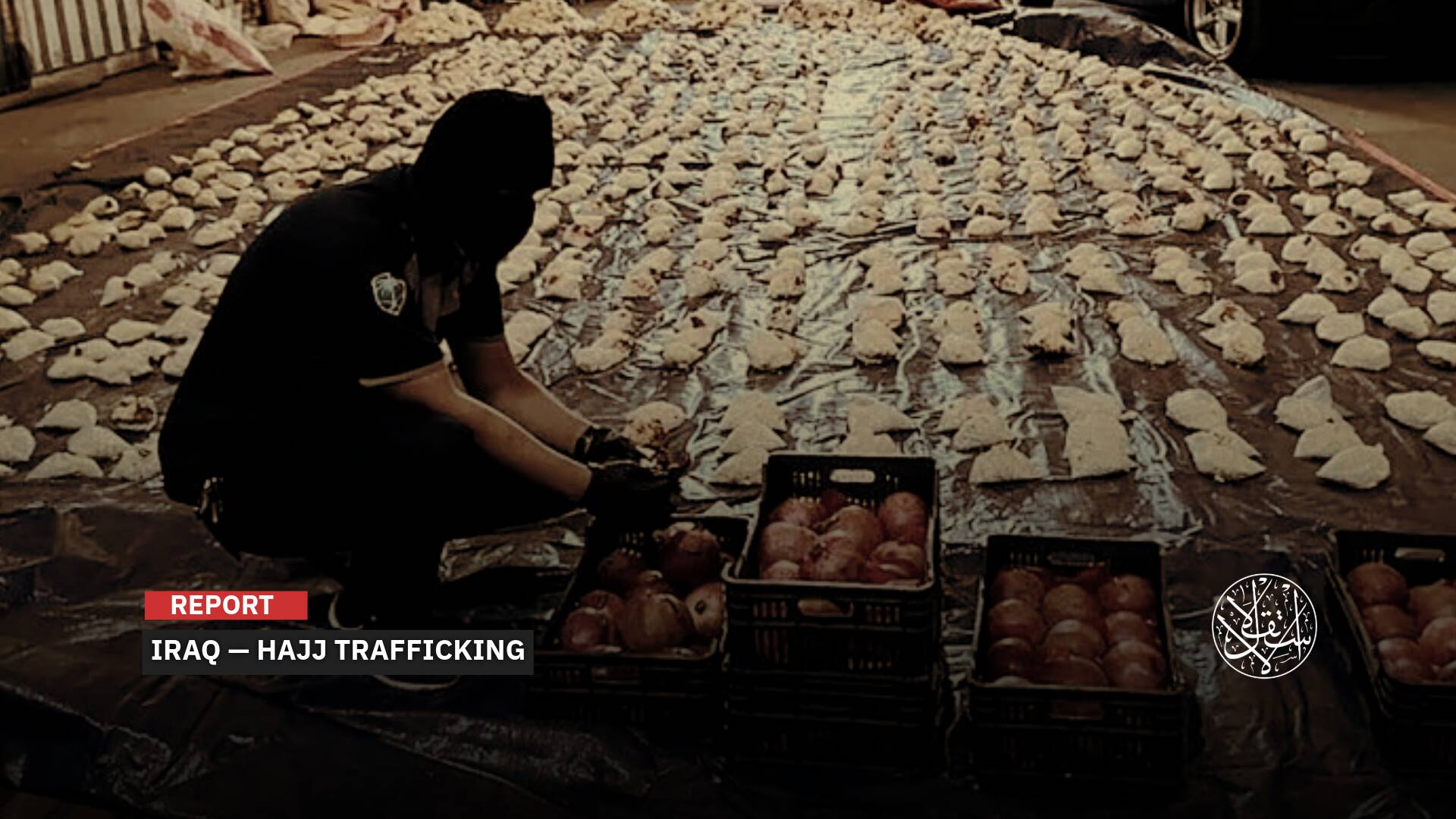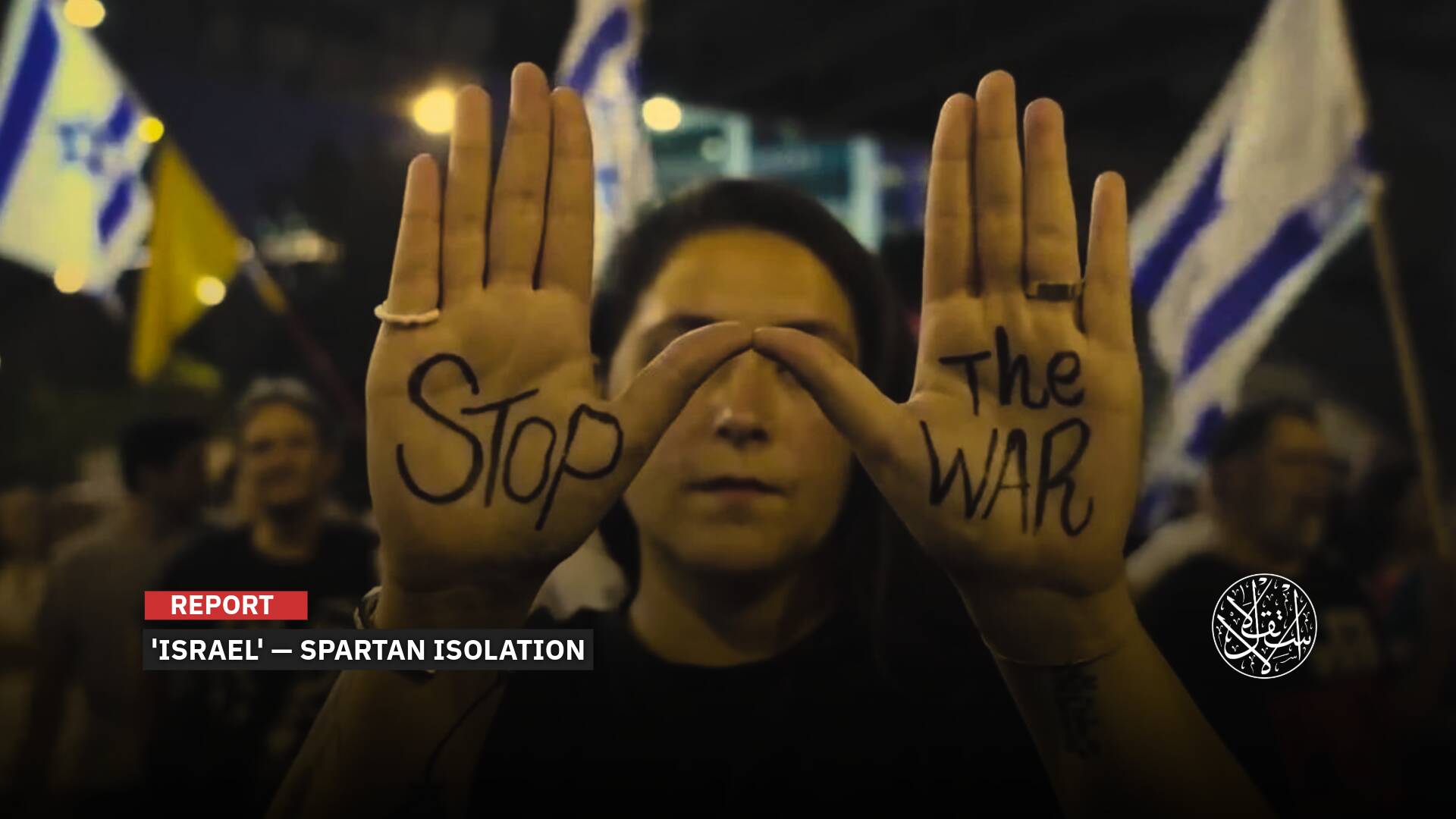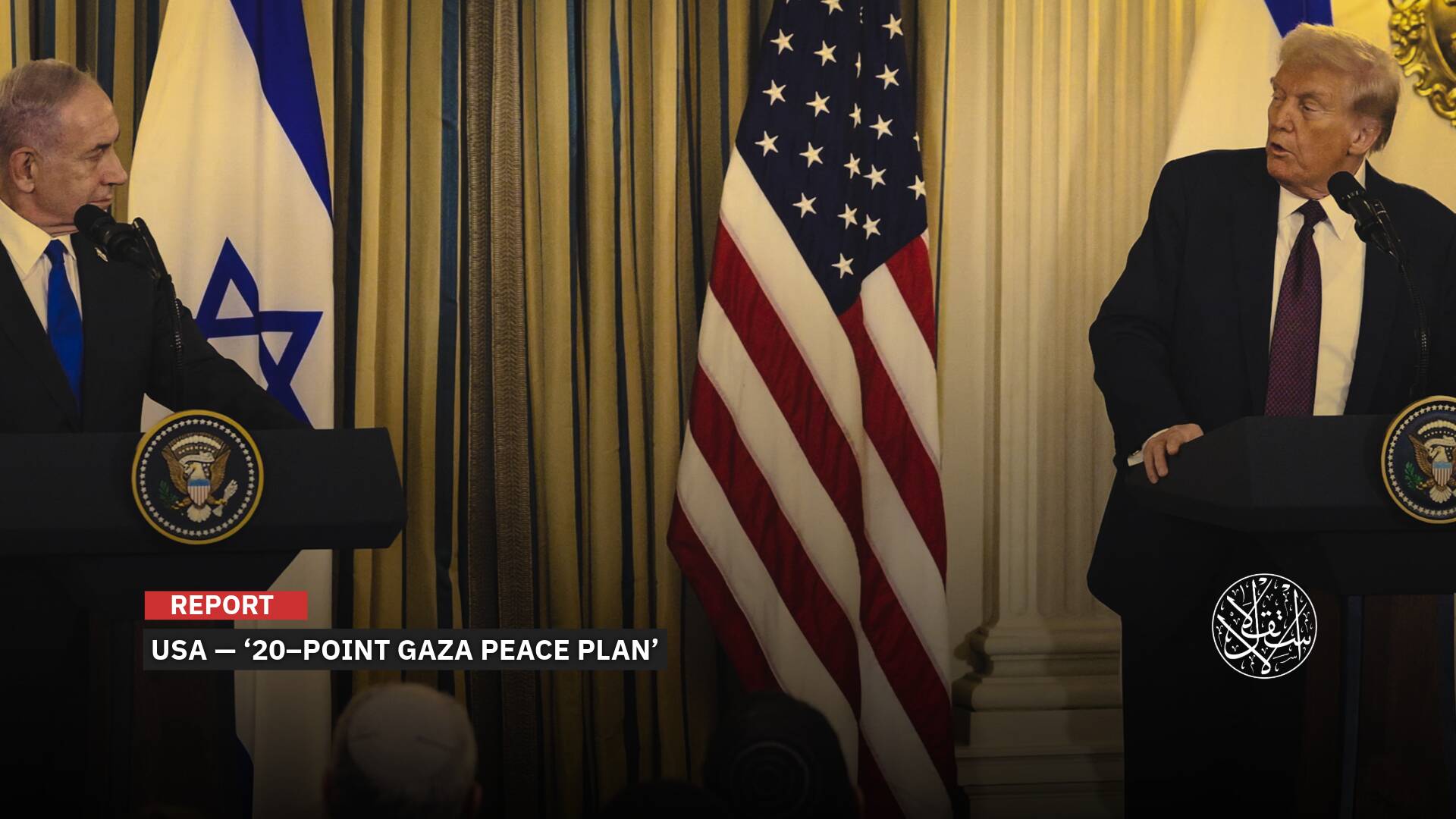‘Triple Betrayal’: How ‘Israel’ Pulled Off a Surprise Military Strike Inside Iran
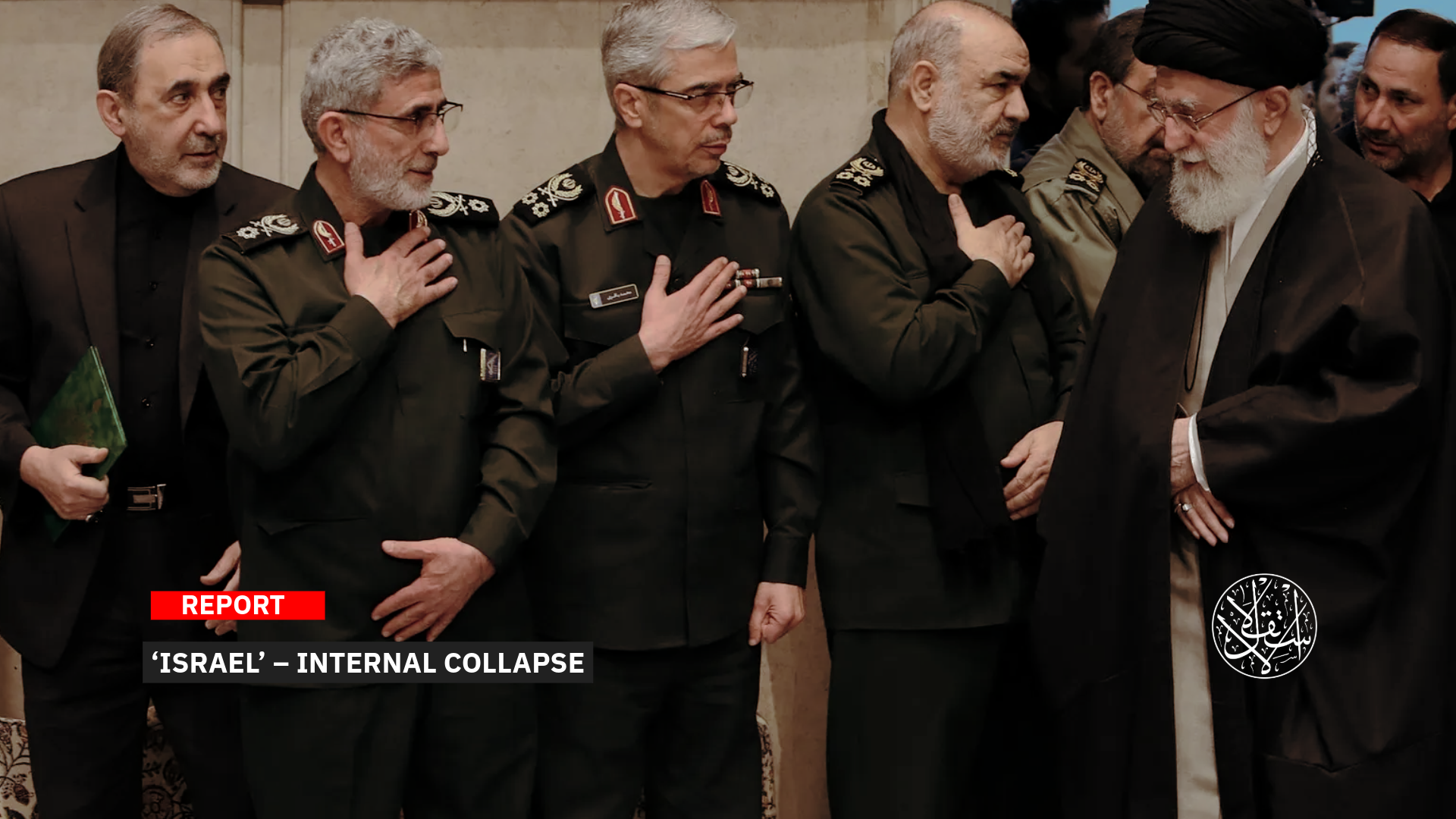
What happened is a clear intelligence failure on Iran’s part.
With every Israeli airstrike on Iran, or the targeted assassinations of scientists and key figures — including most recently Ismail Haniyeh — suspicions of internal betrayal have only deepened.
The persistent belief is that a serious breach has occurred at the very heart of Iran’s military and political leadership, allowing “Tel Aviv” access to some of the regime’s most sensitive secrets.
That conviction was further reinforced when Mossad released images purportedly showing operatives, weapon stockpiles, missiles, and drones it had positioned inside Iran.
According to the Israeli account, these assets were used to dismantle air defense systems and eliminate senior military officials and scientists with clinical precision, just ahead of the June 13th, 2025 Israeli strike.
The episode has laid bare — yet again — the astonishing extent of the intelligence and security vacuum within Iran’s power structure, raising urgent questions about how such deep vulnerabilities persist in one of the region’s most tightly controlled states.
Among the (limited) details released by “Israel” was the claim that it had successfully lured the head of the Islamic Revolutionary Guard’s Aerospace Force — along with several senior officers — into a meeting, only to assassinate them in a premeditated strike.
Speaking to Fox News, an Israeli security official said bluntly, “We eliminated vast areas of Iran’s surface-to-surface and surface-to-air missile infrastructure, a massive number of senior scientists, and large portions of their air defense systems.”
The revelation, if accurate, underscores the level of operational reach “Israel” appears to have achieved deep within Iran’s military establishment — a reach that continues to astonish even seasoned observers of the region.
The precise strikes targeting locations known to host senior military figures and nuclear scientists — resulting in their deaths — have offered further evidence that “Tel Aviv” is receiving fresh, high-level intelligence from deep inside the Iranian state.
The pattern mirrors what has previously been observed in Lebanon with Hezbollah.
This persistent climate of infiltration and betrayal, repeatedly left unaddressed, has exposed a glaring vulnerability: a failure to root out espionage networks or cleanse the upper and middle ranks of leadership.
The result is what some now describe as the Israeli “Trojan horse” — an internal collapse in Iran’s security apparatus that “Tel Aviv” has weaponized with increasing frequency.
It is, in many ways, reminiscent of Ukraine’s Spider operations inside Russian territory: methodical, targeted, and devastatingly effective.
Observers warn that it may not be Israeli airstrikes that bring down the Islamic Republic, but rather the rot from within.
The scale of internal erosion now poses the most serious existential threat to the regime — placing Iran at a historic crossroads following an intelligence and security failure of unprecedented proportions.
In the eyes of many analysts, the situation echoes Hezbollah’s unraveling in recent years: not through battlefield defeat, but through infiltration, exposure, and collapse from within.
The central question now confronting Tehran is stark: can it purge its ranks, absorb the Israeli blow, and restore some semblance of deterrence?
Or, like Hezbollah, will it capitulate — watching its regional clout dissolve and bracing for internal upheaval?
In what would be a bitter twist of fate, Iran may yet find itself facing the very implosion once envisioned by the former U.S. President Donald Trump, who dubbed it “the Persian Empire.”
Intelligence Failure
According to experts, the events mark a clear intelligence failure on Iran’s part — both at the strategic level, in terms of anticipating the likelihood of war, and at the tactical level, where safeguarding key leadership figures and defense assets fell short.
In a startling admission, an Iranian official acknowledged that a friendly nation had warned Tehran ahead of the strike — a revelation that suggests foreknowledge of the attack, yet an apparent failure to act on it.
According to The New York Times, “Iran’s senior leaders had been planning for more than a week for an Israeli attack should nuclear talks with the United States fail. But they made one enormous miscalculation.”
“Officials said that the night of Israel’s attack, senior military commanders did not shelter in safe houses and instead stayed in their own homes, a fateful decision.”— a fateful decision rooted in the belief that any potential attack would come only after the sixth round of nuclear negotiations, scheduled for June 15, 2025.
“This account of how Iranian officials were preparing before Israel conducted widespread attacks across their country on Friday, and how they reacted in the aftermath, is based on interviews with half a dozen senior Iranian officials and two members of the Revolutionary Guards,” The New York Times reported.
“They never expected Israel to strike before another round of talks that had been scheduled for this coming Sunday in Oman, officials close to Iran’s leadership said on Friday.”
“They dismissed reports that an attack was imminent as Israeli propaganda meant to pressure Iran to make concessions on its nuclear program in those talks,” as mentioned by the New York Times.
This assessment led top brass to disregard contingency measures that had previously been put in place.
According to the New York Times, “Gen. Amir Ali Hajizadeh, the commander of the Revolutionary Guards’ aerospace unit, and his senior staff ignored a directive against congregating in one location.”
Defying protocol, they convened an emergency war meeting at a military base in Tehran — and were killed when “Israel” struck the facility.
The New York Times also quoted “Mr. Hosseini, who is close to the government, said Israel’s apparent infiltration of Iran’s security and military apparatus had also shocked officials.”
Adding to the growing sense of alarm, Mossad revealed that it had deployed suicide drones in recent assassinations — devices that had reportedly been smuggled into Tehran in previous months and activated at the outset of the attack.
These drones were used to target military installations, missile bases, and official convoys with lethal precision.
The source further claimed that Mossad commando units had covertly deployed operational systems for precision-guided weapons in open areas near Iran’s surface-to-air missile installations.
As the Israeli strike began, these systems were remotely activated, launching a coordinated volley of precision strikes on designated targets with remarkable accuracy.
The Heart of Iran
Despite years of signs pointing to Israeli intelligence penetrations within Iran, the most startling revelation came with the disclosure that Mossad had established a “drone base” inside Tehran itself.
This facility reportedly orchestrated strikes on air defense systems and the targeted assassinations of senior military commanders.
On June 13, 2025, Israeli outlets including Yedioth Ahronoth, The Times of Israel, and Israel Hayom revealed that the strike was preceded by an extraordinary joint operation involving the Israeli military, Mossad, and defense industries.
The multi-year endeavor involved the construction of a drone base, extensive intelligence gathering, and the deployment of covert capabilities deep within Iranian territory — marking an unprecedented level of infiltration.
Israeli media cited a security source confirming that this drone base formed the cornerstone of a meticulously planned operation to assassinate several senior Iranian military officials and to strike at the country’s strategic missile systems and air defense capabilities.
The attack, which had been in the making for several years, revolved around three main components.
The first involved Mossad’s pre-deployment of precision-guided weapons and advanced combat systems within Iran — placed in open areas close to key surface-to-air missile sites.
The second phase of the operation targeted Iran’s air defense systems through a coordinated strike involving vehicles that were covertly smuggled into the country.
These platforms deployed advanced offensive technologies designed to neutralize Iran’s air defenses entirely, thereby granting Israeli warplanes unrestricted freedom to operate.
The third and final element involved drone strikes launched from within Iran itself.
Mossad is reported to have established a base for armed drones near Tehran, which were simultaneously activated alongside the Israeli air strike.
The breach was so significant that Mossad openly released photos and videos showing its operatives working freely inside Iran, planning strikes on Iranian defenses and the targeted elimination of military commanders.
On June 13, 2025, CNN reported that Mossad carried out a series of covert sabotage operations targeting Iran’s air defense systems and missile facilities, timed to coincide with widespread strikes across multiple sites within the country.
Israeli journalist Barak Ravid quoted a senior Israeli official as saying, “Alongside extensive airstrikes by the Israeli Air Force, the Mossad led a series of covert sabotage operations deep inside Iran. These operations were aimed at damaging Iran’s strategic missile sites and its air defense capabilities.”
Internal Treason
In just two hours, “Israel” managed to assassinate nearly 20 of Iran’s most senior military leaders, including the chief of staff, the commander of the Revolutionary Guards, and the head of the air force.
Some were killed in their own homes, taken by surprise in the safety of sleep, while Israeli agents and Mossad operatives moved freely throughout the country.
The Israeli drone that assassinated Hossein Salami, commander of the Revolutionary Guards, traveled some 1,600 kilometers from occupied Palestine to strike with precision in his apartment within a residential complex in Tehran.
In addition, the home of another Iranian commander targeted in last night’s Israeli raid was also struck.
Ironically, such precise targeting was not achieved against resistance leaders in nearby Gaza, where the assassination of commander Yahya Sinwar happened almost by chance—while he was actively fighting on the front lines.
Moreover, “Israel” failed to reach its prisoners there, yet it penetrated deeply enough to eliminate Iranian commanders in their homes and military bases.
Observers attribute this glaring intelligence failure and systemic weakness within Iran’s security apparatus to longstanding betrayal and the infiltration of agents at the very core of its military leadership.
Decades of unchecked internal compromise, they argue, made it all too easy to execute the elimination of key commanders, nuclear scientists, and to strike at the heart of the Iranian state.
American commentator Thomas Friedman wrote in The New York Times on June 13, 2025, that Israel succeeded in recruiting agents within the Iranian regime and obtaining devastating intelligence.
Friedman, who openly supports “Israel” while also criticizing Netanyahu in the country’s interest, posed the question, “How is Israeli intelligence on Iran so good that it pinpointed the locations of and killed its two top military leaders, not to mention a number of other senior officers?”
Friedman suggested that the answer to this question lies in the Apple TV+ series Tehran, which follows a Mossad agent operating inside Iran’s capital.
Drawing from the show, he inferred the extent to which many Iranian officials might be willing to work for “Israel,” driven by profound resentment toward their own government.
This, in turn, makes it easier for Israel to recruit agents within the highest echelons of the Iranian government and military.
Arab treason
The flood of images and videos circulating on social media—showing Jordanian aircraft chasing Iranian drones and missiles as they traverse its airspace en route to strike “Israel”—require no further explanation to illustrate the scale of Arab betrayal in the unfolding conflict with Iran.
This unfolds while Israeli jets fly unchallenged over Jordan, Syria, Iraq, and Gulf states on their way to Iran, encountering no interception from any regional power.
In response to the escalating confrontation between Iran and “Israel,” King Abdullah II of Jordan declared a state of highest alert across his armed forces.
He issued a statement affirming that Jordan’s skies, land, and every inch of its territory would not become a battleground between Tehran and “Tel Aviv.”
Yet, he ordered his forces to intercept and shoot down Iranian missiles and drones entering Jordanian airspace.
Reports have emerged suggesting that Jordan opened its airspace to Israeli aircraft striking Tehran, while Jordanian, French, and American jets intercepted retaliatory Iranian missiles over Jordanian skies—indicating that the kingdom’s allegiance appears firmly aligned with “Israel’s” security.
On June 13, 2025, CNN quoted an Israeli source confirming that “regional countries have supported our air defense systems, as was the case during previous Iranian attacks.”
Footage also surfaced showing Israeli planes refueling over Deir ez-Zor in Syria, a region controlled by Kurdish forces opposed to the Damascus government.
U.S. Conspiracy
Alongside internal and external betrayals—manifested in Arab actors such as Jordan defending “Israel” against Iranian missiles and drones, and Gulf and Arab states facilitating Israeli aircraft traversing their airspace—there was also an American conspiracy woven into the web of deception and betrayal against Iran.
This was laid bare in a report by the U.S. site Axios on 13 June 2025, titled “Israel's strike on Iran was 8 months in the making,” which revealed that “But in the hours after the attack began, Israeli officials briefed reporters that this was all coordinated with Washington.”
According to the report, Trump misled the Iranians through the negotiation process.
According to Axios, “Two Israeli officials claimed to Axios that Trump and his aides were only pretending to oppose an Israeli attack in public — and didn't express opposition in private. ‘We had a clear U.S. green light," one claimed.’
The goal, they say, was to convince Iran that no attack was imminent and make sure Iranians on Israel's target list wouldn't move to new locations.
“Netanyahu's aides even briefed Israeli reporters that Trump had tried to put the brakes on an Israeli strike in a call on Monday, when in reality the call dealt with coordination ahead of the attack, Israeli officials now say,” as reported by Axios.
In reality, the call was about coordination between Washington and “Tel Aviv” ahead of the attack.
This duplicity was further confirmed by Israeli military analyst Ron Ben-Yishai in Yedioth Ahronoth on June 12, 2025, who stated that the U.S. administration received advance notice well before the strike and the operation was carried out with Washington’s full knowledge and coordination.
He added that the statements made by President Trump and Secretary of State Marco Rubio on the final day served two purposes: first, to mislead the Iranians so they would be caught off guard despite widespread rumors and regional tensions.
“The goal was for the United States to be able to offer a ceasefire and a return to the negotiating table later, after Israel had delivered a strike against Iran,” he said.
President Donald Trump spent much of the week before the Israeli attack expressing hopes that “Israel” would refrain from striking Iran.
Yet by Friday, June 13, 2025, he was fully supportive of the offensive, according to the American publication Politico.
Trump told reporters he had prior knowledge of “Israel’s” plans, describing the attack as “highly successful” in an interview with the Wall Street Journal on June 13, 2025.
Amid this international collusion, it was striking that the International Atomic Energy Agency issued an unusually dramatic statement accusing Iran of violating its nuclear agreement and monitoring protocols.
The statement provided “Israel” not only with a strategic window to strike Iran but also a diplomatic veneer of legitimacy.
Perhaps in response, Tehran released a document it claimed was obtained from inside the Israeli nuclear program, alleging that the head of the International Atomic Energy Agency was an Israeli agent.
Israeli media reported that the strike was initially planned for Saturday or, at the latest, Sunday, in coordination with the U.S. administration, aiming to avoid triggering financial market turmoil and a sudden spike in oil prices over the weekend.
However, when Mossad received intelligence of a high-level meeting between Revolutionary Guard commanders, intelligence officials, and several nuclear scientists, “Israel” seized the opportunity and decided to launch the attack immediately.
The attack resulted in the deaths of Iranian Chief of Staff Mohammad Hossein Bagheri, Revolutionary Guard commander Hossein Salami, Brigadier General Gholam Ali Rashid, deputy chief of staff, nuclear scientists Mehdi Tehranchi and Fereydoun Abbasi, along with several other senior intelligence officers and nuclear experts inside the Revolutionary Guard headquarters.


